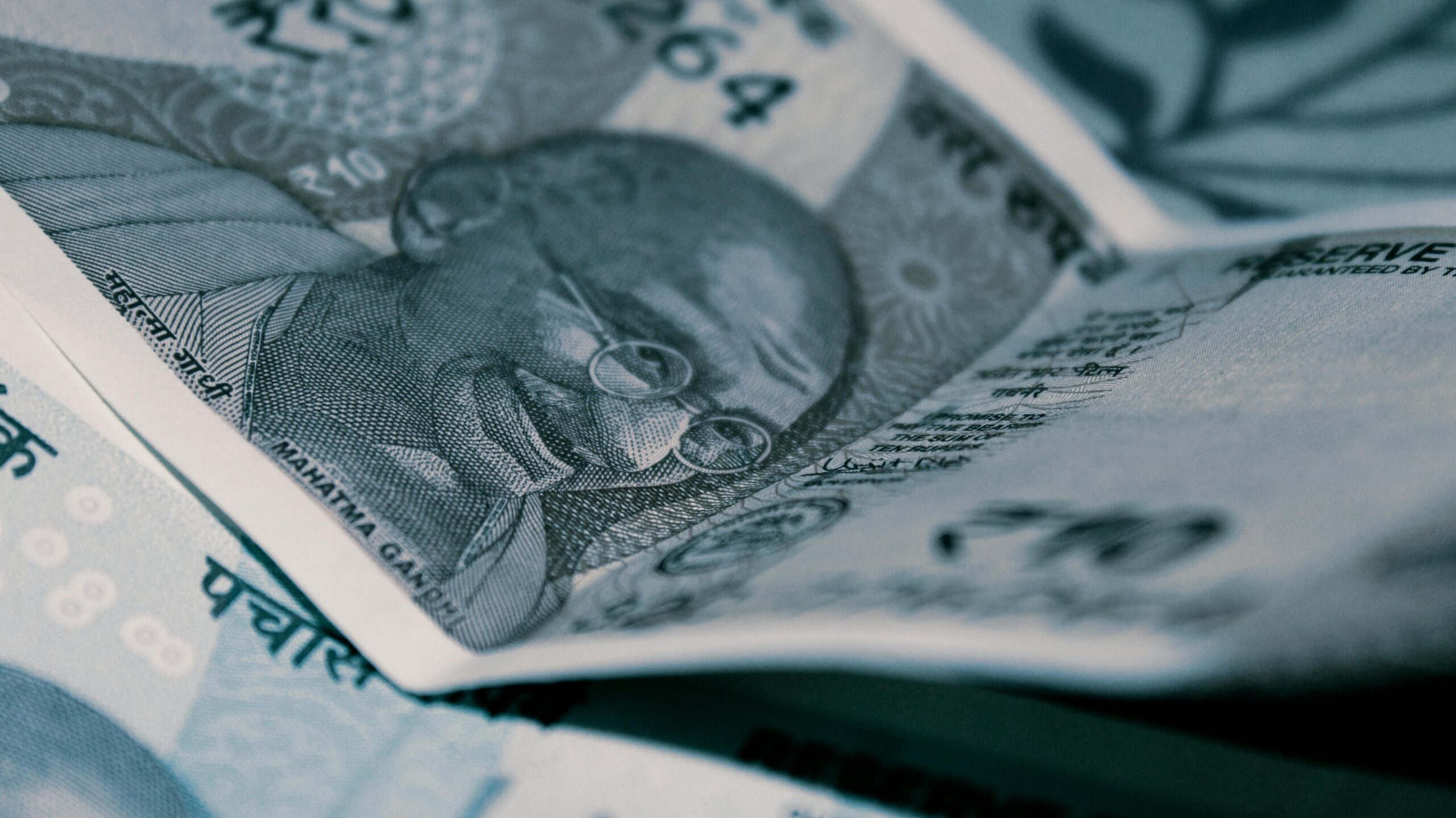
If India’s middle class hoped that the year 2025 would be better than 2024 (we are talking everything from markets, jobs, inflation, economy, and all that which makes our lives simpler and better) unfortunately that has not been the case.
Finances have been in a flux, and for most households, its been walking a financial tightrope. On one side looms the ever-rising cost of living, as inflation eats into everyday essentials, from milk to medicine. On the other, a growing addiction to EMIs has quietly replaced a culture of savings with a cycle of constant repayments. While headlines focus on inflation and fuel prices, the real strain often shows up closer to home, when the salary hits the account and vanishes within days. As economic pressures mount and household budgets stretch thin, it’s time to ask: how much is truly enough in your emergency fund today? And is your monthly EMI burden the bigger enemy than inflation itself?
The Inflation-Emergency Fund Trap- How Much Is Truly Enough in 2025?
Let us not take Inflation as just another macroeconomic term. Inflation directly chips away at personal finances making savings worth less over time and pushing basic expenses like healthcare, food, and fuel higher. But more importantly how does inflation impact something as critical as emergency fund? And how do we know if the money we have set aside is still enough in 2025?
To understand the ill workings of inflation we must first touch upon what inflation actually does to our finances.
How Inflation Erodes Personal Finances
1. Decreased Purchasing Power: Inflation reduces the value of money over time. What ₹100 could buy you three years ago won’t buy the same today. This shrinking purchasing power means your existing savings can no longer cover the same set of expenses – whether it’s daily groceries or a medical emergency.
2. Shrinking Value of Savings and Retirement Funds: Inflation silently eats into your savings. A corpus of ₹5 lakh that seemed sufficient a few years ago may fall short now. And if your retirement planning hasn’t factored in inflation, you may find yourself underprepared in your later years. Long-term financial planning must include inflation-adjusted goals and periodic reviews of your portfolio.
3. Increased Borrowing Costs: To tame inflation, the Reserve Bank of India (RBI) often raises interest rates, making loans more expensive. This means higher EMIs and costlier borrowing. While borrowing during low-rate periods makes sense, repaying during inflationary phases can still work in your favor, as the value of money repaid is effectively lower than when it was borrowed.
4. Impact on Investments: Not all is lost, some investments can outpace inflation. While inflation erodes fixed returns, smart investments in equities, inflation-indexed bonds, or mutual funds can help your wealth grow. The key is to maintain a diversified portfolio that includes instruments designed to beat inflation over time.

Recalibrating Your Emergency Fund for 2025
An emergency fund is your financial parachute during unexpected life events, a job loss, illness, or unforeseen expenses. Traditionally, advisors recommended stashing away 3–6 months’ worth of expenses. But in a high-inflation environment, that old benchmark might not hold water.
Therefore the relevant question here is – Is Your Emergency Fund Still Enough?
Let’s say you created a ₹3 lakh emergency fund in 2022. Given the average inflation rate of 5–7% annually, you’d now need closer to ₹3.5–4 lakh to maintain the same safety net. Prices of essentials have climbed, and so has your cost of living. If you haven’t updated your emergency fund, you’re likely underprepared.
How Much Should You Set Aside Now?
Here’s how to reassess your emergency corpus:
Step 1: Calculate your current monthly expenses (rent, EMIs, groceries, bills, school fees, etc.).
Step 2: Multiply by 6 for a half-year’s buffer. If you have dependents or an unstable income, aim for 9–12 months.
Step 3: Add 5–7% per year to adjust for inflation.
Example: If your monthly expense is ₹50,000, your 6-month fund should be ₹3 lakh. Add 6% inflation adjustment per year, and you’re looking at roughly ₹3.6–3.8 lakh today.
Where Should You Keep This Money?
Your emergency fund needs to be liquid, safe, and easily accessible, not locked away in long-term investments.
Ideal parking spots:
High-yield savings accounts
Fixed deposits with premature withdrawal
Liquid mutual funds or ultra-short-duration debt funds
Avoid investing this money in stocks, real estate, or tax-saving instruments as they are either too volatile or inaccessible when urgency strikes.
Life Events Demand Reassessment
Major life changes – marriage, childbirth, home purchase – inflate your monthly expenses. That means your emergency fund must also grow. Reevaluate it annually and after every life milestone to ensure it remains adequate for your evolving needs. Your emergency fund is not a “set it and forget it” account. Inflation is a moving target, and your fund needs to keep pace. Treat it as a dynamic tool, check it yearly, increase contributions when your income rises, and ensure it stays aligned with your real-world needs.

EMIs: The Silent Debt Trap Tightening Around India’s Middle Class
While inflation is a visible villain, gnawing at our wallets with every grocery bill and petrol refill, a more insidious enemy lurks closer to home in the form of EMIs (Equated Monthly Instalments). According to financial expert Tapas Chakraborty, the real pressure cooker for the average Indian household is not inflation or even taxation, it’s the monthly debt cycle families find themselves trapped in.
Earn, Borrow, Repay, Repeat: A Lifestyle Built on Loans
Phones, flights, and even furniture, everything today comes with a swipe-now, pay-later convenience. What was once a financial tool meant to ease purchases has now morphed into a way of life. “EMIs were meant to help. Now they’ve become the default lifestyle,” Chakraborty points out.
The result? An endless loop of:
Earn → Borrow → Repay → Swipe Again → No Savings
And here are the numbers to prove it:
- Household debt in India has now ballooned to 42% of GDP
- A staggering 32% of this comes from credit cards, personal loans, and Buy Now, Pay Later (BNPL) schemes
- 70% of iPhones sold in India are reportedly bought on EMI
- 11% of small borrowers have defaulted
- Many Indians juggle three or more loans at once
Thus, it is not hard to see how this unfolds. A phone EMI of ₹2,400, a laptop at ₹3,000, bike loan at ₹4,000, and credit card dues of ₹6,500 and you’re already looking at ₹25,000 a month in repayments. All this before rent, groceries, kids’ tuition, or any savings plan.
Small Payments, Big Burden
Individually, these payments seem manageable. But collectively, they eat into a family’s financial flexibility, leaving no room for emergencies or investments.
“One health emergency and things fall apart,” says Chakraborty.
Beyond Households, The Bigger Economic Consequences
This EMI-driven lifestyle is not just a personal finance issue, it’s a structural economic concern.
Here’s why: Lower household savings → Less capital available for investment
More defaults → Banking sector stress increases
Higher financial stress → Reduced productivity and consumption
Middle class squeeze → National growth slows
As Chakraborty puts it, “Middle class squeezed equals to country slowed. This affects everyone not just one family.”
)
Breaking the Debt Cycle: What You Can Do
Chakraborty advises taking control before the spiral deepens: Assess your total EMI burden, It should not exceed 40% of your net monthly income
Next, start a safety fund, even if it’s just ₹500/month. Avoid borrowing to look rich, status symbols on credit are traps, not trophies and finally begin SIPs (Systematic Investment Plans) since small amounts grow over time
“Living with stress isn’t normal. Owning things you haven’t paid off isn’t success.
The dream of a better life shouldn’t become a debt trap,” he cautions.
“Freedom isn’t about earning more – it’s about owing less.”
The Last Bit, Inflation Hurts, But EMIs Can Break You
